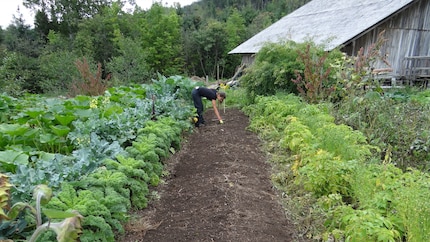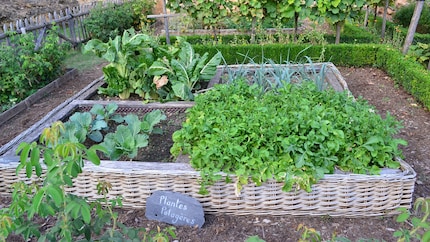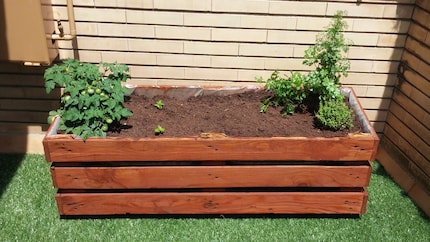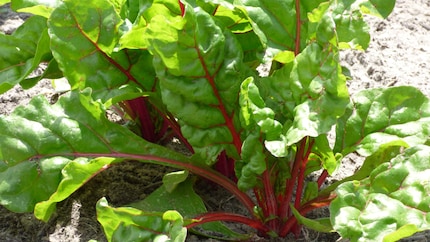
Raised planters: a fascinating form of gardening
Raised planters are all the rage at the moment and offer a number of advantages. But when do the advantages outweigh the disadvantages? What should you look out for to avoid disappointment?
What are the advantages and disadvantages of a raised planter?
A raised bed planter is an alternative to the traditional flower bed when the garden soil is mainly clay, gravel or sand, or if the soil is particularly heavy. Thanks to the early warming of the soil, yields can increase by up to 30% compared with a flower bed.
Another reason to opt for a raised planter is the pleasant working height of between 80 and 120 cm high. You no longer need to bend down and you spare your knees and back.

Pests such as mice can be effectively repelled with mesh laid in the ground. Snails, on the other hand, climb walls easily. With the installation of a snail barrier, you can protect your plants.
What material should the planter be made of?
Sturdy wooden planks are generally used for the walls of raised planters. These are fixed with screws to the outside of the posts. Suitable woods are oak, birch and Douglas fir. Tropical woods are not recommended, unless they come from certified forests. Spruce and fir are only suitable when autoclaved.

Natural stone is also an excellent building material that lasts for decades. Weatherproof, rot-resistant and with relatively good thermal insulation properties, stone planters are also a good alternative to gravel and concrete floors. For this, use large sand-lime or clinker bricks. It's the simplest and quickest way to achieve this.
Metal is also a construction material that has made a name for itself in the manufacture of planters. There are countless variations of raised metal planters on the market. One small drawback: metal conducts heat and cold very well, so the rotting process may be delayed in the colder months of the year.
.
The material you choose ultimately depends on your tastes: rustic and pleasant with wood or rather durable with natural stone. When it comes to metal planters, you're spoilt for choice. Do you like it modern with rust or more immaculate or sandblasted? In the end, the planter should match your garden and your tastes.

How to make a raised garden bed.
I've already talked to you about these elements in an older article. You'll find tips and tricks there:[[marketingpage:4432]]
What plants are suitable for raised planters?
Normally, all plants are suitable for raised beds. It's best to avoid imposing species such as pumpkins, rhubarb or courgettes. Mixed crops such as cucumbers and dill, carrots and onions or beans and savory are best. If you like a splash of colour, you can use nasturtiums to accent your planter. What's more, they look very decorative hanging over the walls of your raised bed.

Where is the best place to place the planter?
A half-shade or full-sun position in a spot that is somewhat protected from the wind and easily accessible in the garden is ideal. It's best to position it so that the morning sun shines on one side of the planter and the evening sun shines on the other. This allows the maximum amount of heat delivered by the sun's rays to be stored.
I discovered my love for gardening very early on and later turned my passion into my profession. For a few years now, I’ve been regularly writing blog posts and publishing articles in the HomeGardening section of myPfadFinder.com. This is where I give readers tips and tricks on gardens and balconies and present my latest gardening videos.
Find out more about me here: <a href="http://www.andreas-homegardening.com/" target="_blank">www.andreas-homegardening.com</a>
Interesting facts about products, behind-the-scenes looks at manufacturers and deep-dives on interesting people.
Show all